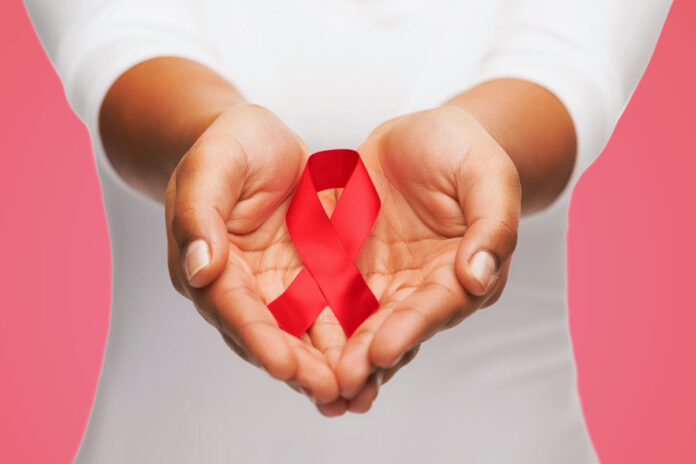According to the Oxford definition, stigma is a mark of disgrace associated with a particular circumstance quality, or person.
HIV is a chronic disease that remains stigmatized long after its initial discovery. HIV, which is the virus that causes AIDS, was initially discovered among white men who had sex with men in the early 80s. The defining and stigmatizing factor of HIV is how it is acquired—through sex and sharing unclean needles. Unlike other communicable diseases, HIV is in a class by itself. From diagnosis to treatment, people who contract HIV are seldom given empathy in their communities, and instead blamed for “careless behavior” or having unprotected sex. This type of stigma is a significant barrier to improving the health and lives of people living with HIV.
Stigma and Sex
As humans, we are innate sexual beings. In society, it is apparent that sex sells from print ads to social media. However, America has its roots based in a puritanical society which has permeated our schools, faith-based organizations and inside of our homes. In fact, negativity and stigma related to sex and sexuality is so pervasive that the United States has the highest rates of teen pregnancy and the highest sexually transmitted infection (STI) rates of all industrialized countries. 1 in 7 people are uncomfortable discussing STIs with their health care provider (KFF 2020). One may wonder, how can this be? The answer is clear. As educators, faith-based leaders and parents, we have missed the mark on educating our children and adolescents about sex and sexuality in an age-appropriate manner. In turn, misinformed youth are sexually experimenting and contracting sexually transmitted infections.
Moreover, issues of sexuality among Black women are compounded at the intersection of race, gender and sex. From slavery to freedom, Black women have had little ownership of their bodies. Historically, hypersexualized images and acts of violence committed against Black women have borne a narrative of promiscuity and general disregard of the Black body. Hence, sexual liberation and pleasure for Black women is often a moot point, while shame and embarrassment prevail. The need to appear asexual and adhere to cultural norms which include stereotypes such as “good girls don’t have sex”, or “you’ll go to hell if you have sex” has been extremely harmful to Black girls and women physically, mentally and spiritually. In fact, data suggest that these tropes may factor into how Black women make decisions regarding partners and self-protection. Unfortunately, these decisions result in Black women having the highest rates of HIV among all other racial and ethnic groups. Black women make up about 15% of the population and 60% of new HIV infections. At the root of this statistic is the fact that discourse about sex, in of itself, is discouraged and stigmatized in the Black community. So, what can we do?
Solving the Stigma
Here are three ways to reduce Stigma:
- Normalize conversations about sex and sexuality with friends, partners and health care providers
- Educate yourself and others about sex and HIV
- If you are having sex, get into the habit of asking your provider for routine screening for HIV and other STIs
According to the social psychologist, Dr. Earnshaw, “Humans create stigma to enforce social norms”. This means that as a society, we can work to reframe the paradigm about sex, sexuality, HIV and stigma in our communities one conversation at a time.






